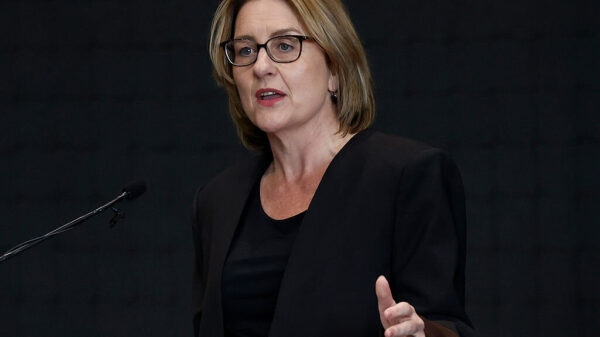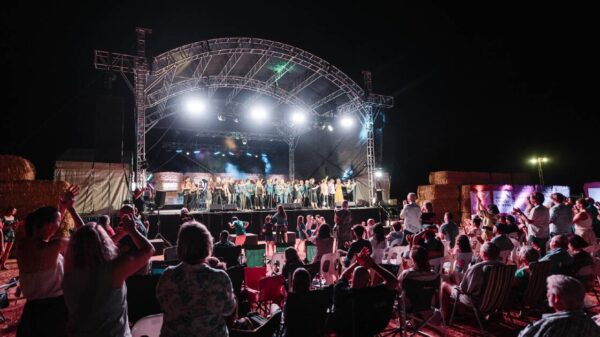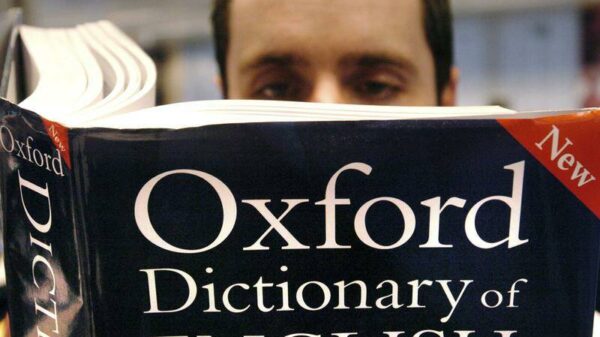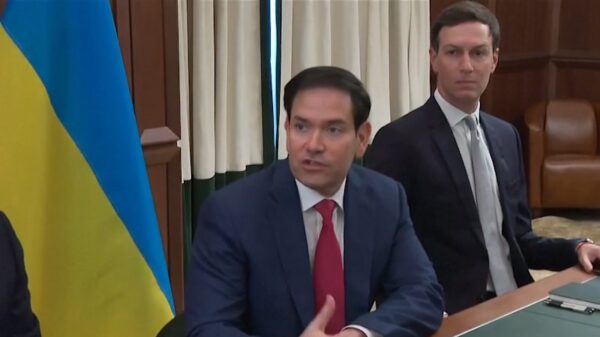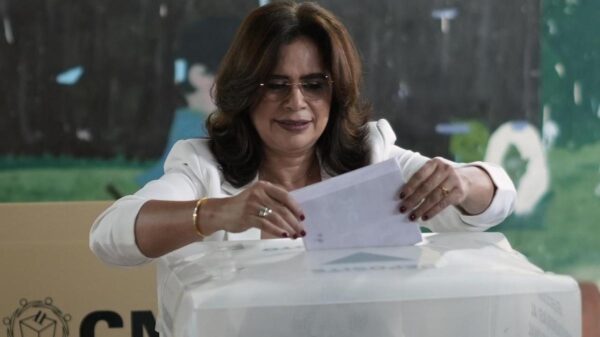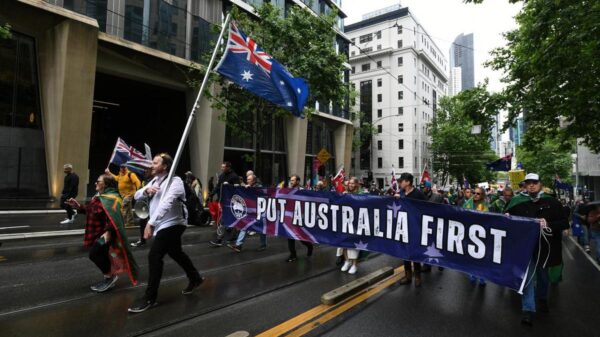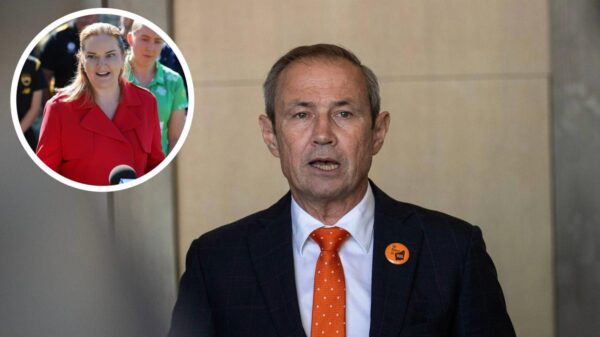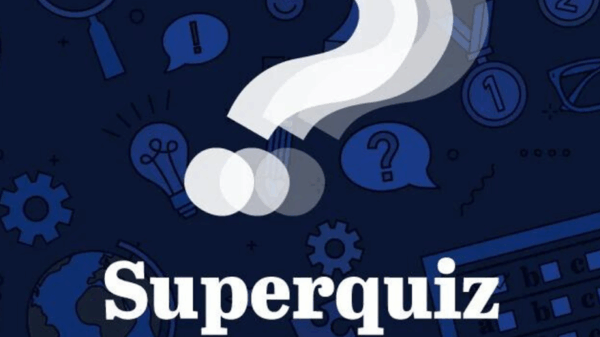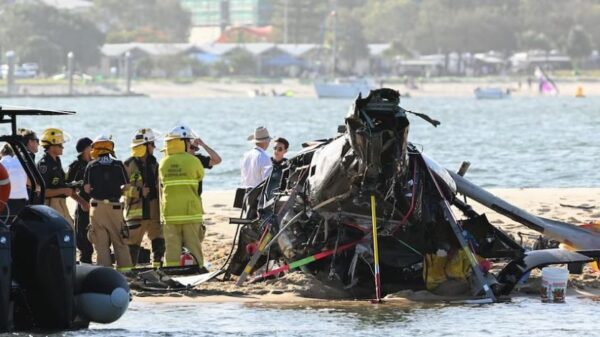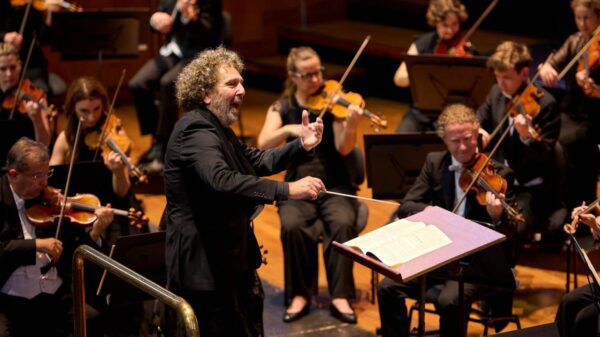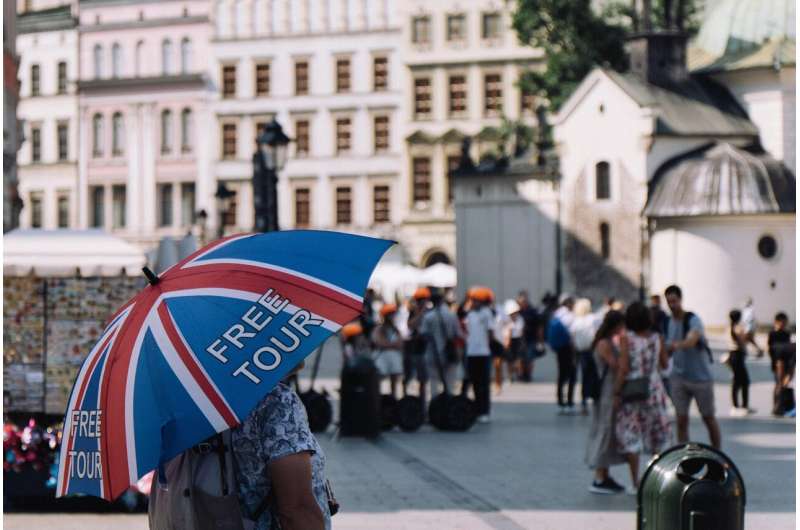A recent study from the University of Córdoba highlights the demographic profile of tourists opting for “free tours” across major European cities. These tours, characterized by their lack of fixed pricing and voluntary payment based on satisfaction, attract a specific group: educated, upper-middle-class women in their 40s.
The research, published in the journal Tourism Recreation Research, involved a survey of approximately 250 participants. The findings indicate that around three out of four respondents hold university degrees or higher qualifications. Furthermore, about 60% of those surveyed earn more than €1,500 net per month, with one in four earning over €2,500.
Tourists Seek Personal Connection
The study reveals that most participants express a willingness to pay between €6 and €10 for these tours, with very few paying more than €20. Key motivations for choosing these experiences include the opportunity to explore historic neighborhoods, the quality of the tour itself, and the friendliness of the guides.
Tomás López, the lead researcher of the Tourism, Culture and Sports Economics group, emphasizes the shift in tourist expectations. “People no longer want to learn about a city’s history through a plaque. They want someone to share stories with them,” he explains. The role of the guide in these experiences is crucial, as they provide engaging narratives that resonate with participants.
High Satisfaction Levels Indicated
The study indicates that the majority of those surveyed would participate in these tours again and recommend them to friends and family. This reflects a high level of satisfaction, which appears to increase with the age of the participants.
López notes that these guided tours differ significantly from other forms of tourism, particularly those associated with the collaborative economy, such as ridesharing apps like Uber or Blablacar. The research concludes that there is no direct correlation between participation in “free tours” and the use of collaborative economy services.
According to another contributor to the study, Antonio Menor, the findings are valuable for both companies offering these tours and public tourism promotion agencies. He highlights that “free tours” have become vital tools for enhancing the marketing, image, and visibility of tourist destinations.
This study not only sheds light on the characteristics of tourists engaging in these popular experiences but also underscores their significance in the broader tourism landscape.



